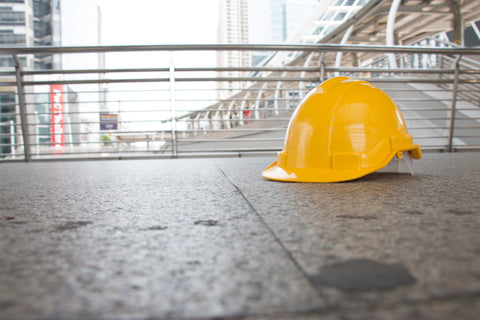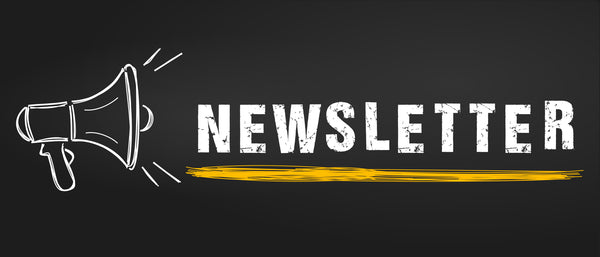
5 OLFA Tips To Prevent Slip Hazards in The Workplace
Workplaces are full of hazards: from unguarded tools and machinery to faulty cords and wires, or even a poorly set up workplace. All these hazards can make it difficult for workers to move around safely. They can also cause serious physical injuries and should not be taken lightly. But something that can often be overlooked amongst workplace dangers are floor hazards. Some of the most common hazards are greasy floors, holes or bumps in the tiles, residues from materials stuck on the floor, or sudden changes in floor elevation. If floor hazards are not handled appropriately, workers can slip, trip, or hurt themselves.
In this article, we’ll cover the recommended OLFA safety tips to help you prevent slip hazards in the workplace.
- Assess Where Slip Hazards Could Occur
If you know potential hazard zones in advance, you can also take preventative action. Watch for areas where employees have tripped or slipped in the past or where there are frequent spills from machinery. Also, note areas where rain or snow can get tracked in. Once those dangerous places have been identified, ensure proper housekeeping of these areas. Being proactive is one of the most effective measures in avoiding floor hazards.
- Train Employees On Slip Hazards
Proper employee training is key to ensuring they know how to recognize and address floor hazards as quickly as possible. Not only should there be safety training in place, but it’s important to remind everyone to stay alert and pay attention. Well-designed safety training for slip and fall prevention can reduce the number of injuries workers suffer. This reduces monetary costs resulting from workers’ compensation claims.

- Use The Proper Tools To Remove Hazards
Nowadays, there are tools that can be used daily to help reduce floor hazards. OLFA scrapers make it easy and efficient to remove residues and waste on the floor, creating a safe and productive workplace. OLFA XSR Series of Extra Heavy-Duty Scrapers are tough enough to earn their place in any professional’s toolbox. This line is available in three models. Each comes equipped with a 100mm-wide (4-inches) x 0.5mm BS Dual-Edge Scraper Blade. Thanks to their careful ergonomic design, these scrapers can take the impact and deliver maximum power to get the job done.

- Make Proper Footwear Part Of Your Dress Code
Footwear causes about 24% of industrial slip and fall injuries. Introducing slip-resistant footwear as part of an overall safety program can help to decrease the likelihood of a slip and fall injury. Set clear guidelines about what types of footwear are acceptable for all employees. Crafting agreed-upon footwear standards to help guarantee safety in the workplace.
- Use Floor Markings
According to OSHA, floor marking is crucial in ensuring safety in the facility. Improve efficiency and make safety a priority with specific marking requirements. The lines, stripes, and dots on facility floors can create order, note dangerous areas, and mitigate hazards. A standardized floor marking system helps employees associate certain colors or symbols with definite areas or actions. This helps them move around quickly, easily, and safely.

Reminding workers to always keep these safety tips in mind (and tools in their toolbox) can help ensure everyone gets home safely at the end of the day. And if you’re developing or revising a safety program for your company, don’t forget to incorporate these tips for a safer workplace.


